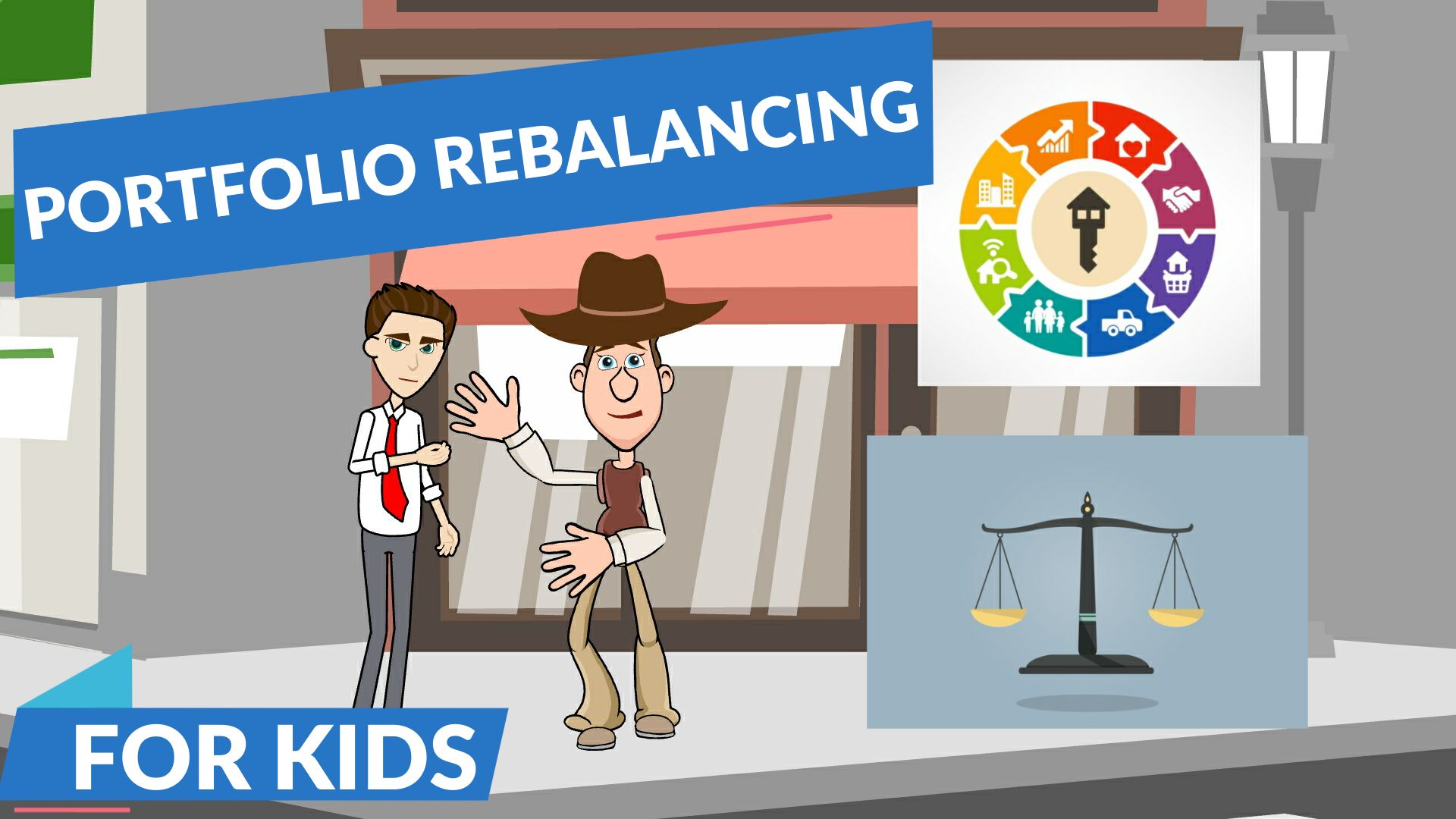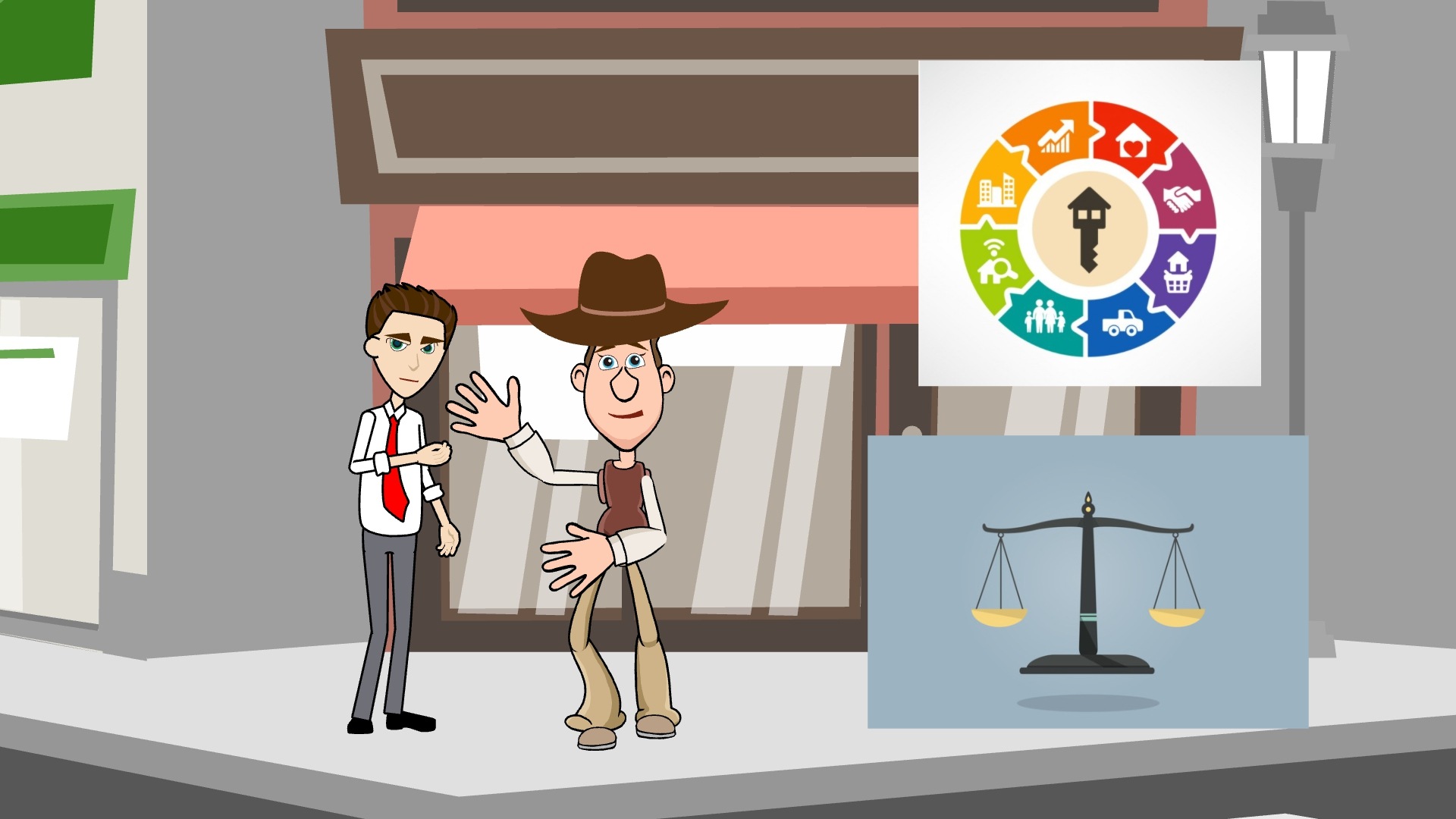Howdy Wall St. Willy! Sometime ago, we talked about asset classes, and when we talked about that, you said something about portfolio rebalancing. But what is portfolio rebalancing anyway?
Portfolio rebalancing (or portfolio re-balancing) is buying and selling securities from different asset classes to maintain the asset allocation that’s right for you.
Well, when should portfolio rebalancing be done?
You should do portfolio rebalancing whenever your actual asset allocation becomes very different from your ideal asset allocation.
But, how would your asset allocation even change like that?
Whenever the prices of your assets you hold change, your asset allocation changes. When prices change a lot, for instance, during a stock market rally, your actual asset allocation can change drastically.
Let’s say the ideal asset allocation for you is 70% in stocks and 30% in bonds.
Example: Ideal Asset Allocation – 70% Stocks, 30% Bonds
You make your initial investment of $1,000 in this proportion. So that means you’ll invest $700 in stocks and $300 in bonds.
Value: $1,000 – Allocation: $700 in Stocks, $300 in Bonds
When the stock market goes way up, the value of your stocks increases to $1,200 but the value of your bonds stays the same. Now your total assets are $1,200 in stocks and $300 in bonds, which is a total of $1,500 and the proportion is 80% in stocks and 20% in bonds instead of the ideal asset allocation of 70-30.
Value: $1,500 – Allocation: $1,200 in Stocks, $300 in Bonds
Well, how can you even do portfolio rebalancing?
Portfolio rebalancing can be done by selling some assets from the asset class that has increased a lot in price and by buying some assets from the asset class that has reduced a lot in price. It can also be a combination of these two.
In our example, you need to rebalance your portfolio and bring it from an 80-20 allocation back to the original 70-30 allocation.
For a portfolio of $1,500, which is the new total value of the portfolio after the stock market rally, this would be $1,050 in stocks and $450 in bonds.
Value: $1,500 – Target Allocation: $1,050 in Stocks, $450 in Bonds
Since your stock value is $1,200, you could sell $150 worth of stocks to bring it down to $1,050 and invest the same $150 in bonds to bring it up from $300 to $450.
Is buying and selling the only way to rebalance your portfolio?
If you make regular investments, another way to rebalance your portfolio would be to not make further investments in the asset class that has increased in price and only invest in other asset classes. This would rebalance your portfolio over time.
In our example, if you chose to do this, you’d stop making further investments in stocks and only invest in bonds until the original 70-30 asset allocation is reached.
Well, what are the benefits of portfolio rebalancing?
The first benefit is that it brings you back to the ideal asset allocation. We discussed the benefits of this when we talked about asset allocation.
The second benefit is that it forces you to book profits. If you sell assets that have increased in price, you’re able to turn paper profits into real profits.
Well, are there any disadvantages of portfolio rebalancing?
While portfolio rebalancing through selling helps you turn paper profits into real profits, it also reduces your further upside.
In case your assets go up further, you do not benefit from the price increase since you’d have already sold them.
Is there any extra cost of portfolio rebalancing?
The actual cost to you depends on the number of buy and sell orders you make to perform portfolio rebalancing, since more brokers charge commission on a per trade basis.
Thank you very much for telling me about portfolio rebalancing, Wall St. Willy.
You are welcome, Sooper Cooper. Remember, Finance is Your Friend!
Podcast: What is Portfolio Rebalancing?
Fun, informative and concise episodes by a 10-year old, breaking down complex financial concepts in a way that kids and beginners can understand. Episodes cover personal finance topics like saving, investing, banking, credit cards, insurance, real estate, mortgage, retirement planning, 401k, stocks, bonds, income tax, and more, and are in the form of a conversation between a cowboy (a finance novice) and his friend, a stock broker. Making finance your friend, only at Easy Peasy Finance.
A little bit about me: I have been fascinated with the world of personal finance since I was 6! I love to read personal finance books, and keep myself updated on the latest by reading various personal finance magazines. My friends often ask me questions about finance because they find it complex and intimidating. That’s what inspired me to start my YouTube channel called Easy Peasy Finance when I was 8, and this podcast 2 years later.
Everything you need to know about Portfolio Rebalancing: What is portfolio rebalancing (or portfolio re-balancing), when should it be done, how does asset allocation change over time, how can portfolio rebalancing be done, is buying and selling assets the only way to rebalance your portfolio, what are the benefits of portfolio rebalancing, are there any disadvantages of portfolio rebalancing, what is the cost of portfolio rebalancing, and more.
For show notes and transcript, please visit: https://www.easypeasyfinance.com/what-is-portfolio-rebalancing/


